Start your journey to fitter feet by practicing regular strength and mobility exercises that target your feet, ankles, hips, and core. You can prehabilitate your feet to prevent injury or offset age-related issues. “You don’t have to give up and think, I’m too old to fix it,” says Eischens Yoga teacher Lynn Shuck. “You’re not.”
There are a handful of simple strength and mobility drills you can practice to keep your feet healthy. For example, one easy way to create greater joint mobility and counteract all the time you spend in shoes is to roll the soles of your bare feet over a tennis ball periodically throughout the day, she says. If your feet are especially tight and tender, begin in a seated position. If your feet aren’t as tense, you can roll each foot while standing or even switch to a smaller ball, such as a handball.
Mindful walking helps build awareness of how you’re using your feet, while also developing foot strength and mobility, says performance physiotherapist Mike Gauvreau. Find an area where you can walk barefoot (you can also wear minimalist shoes) and spend 10 to 15 minutes walking — paying close attention to how you’re naturally placing your feet. (Learn more about your gait by reading “Relearn to Walk“.)
Finally, building full-body strength will go a long way toward prehabbing and rehabbing foot conditions. “All of the muscles and joints of the lower limb are involved in foot and arch support, and thus it’s important to make sure we’re strengthening all of them,” explains physical therapist Erika Mundinger, who designed the following routine.
Perform this routine two or three times per week, preferably before workouts.
Note: If you have moderate foot pain that doesn’t improve after two weeks, consult a physical therapist or podiatrist about targeted treatment. If you can’t walk without limping or you suffer from acute foot pain and swelling, seek professional help before beginning this program.
1) Dead Bug
This move teaches you how to stabilize your pelvis and spine while moving your limbs, which is key for optimal posture, explains Mundinger. When your posture is stable, your feet can land in a better position.
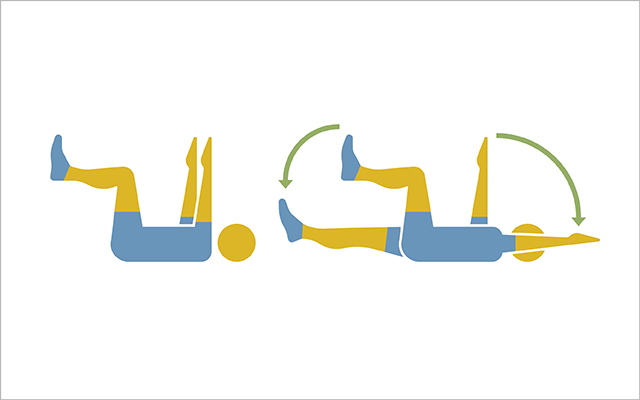
- While lying down with knees bent, press your lower back into the floor and then lift both knees until your shins are parallel to the floor. Reach your arms toward the ceiling.
- Tighten your abdominals, then lower one arm toward the floor alongside your ear while simultaneously straightening the opposite leg. Lower your limbs only as far as you can without arching your lower back.
- Return to start and repeat with the opposite arm and leg. Complete three sets of 10 reps per side.
See “BREAK IT DOWN: The Dead Bug” for more technique tips.
2) Hip Thrust
This exercise strengthens your gluteus maximus and hamstrings. When these muscles are strong, they stabilize your thighbones better, keeping your knees and feet from rotating in or out as you walk or run.
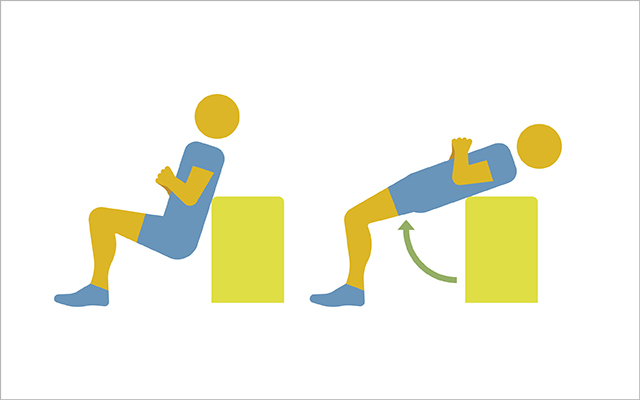
- Position your body so your upper back is resting against a bench or box, with your knees and hips bent.
- Tighten your abdominal and gluteal muscles and push through your feet to lift your hips until they’re parallel to the floor. Do not arch your back during the exercise.
- Hold briefly, then lower your hips to start. Repeat to complete three sets of 10 reps. Make the exercise harder by adding weight across your hips.
3) Banded Sidestep
This works both your gluteus maximus and medius, which minimizes rotation of your thighs and ankles.
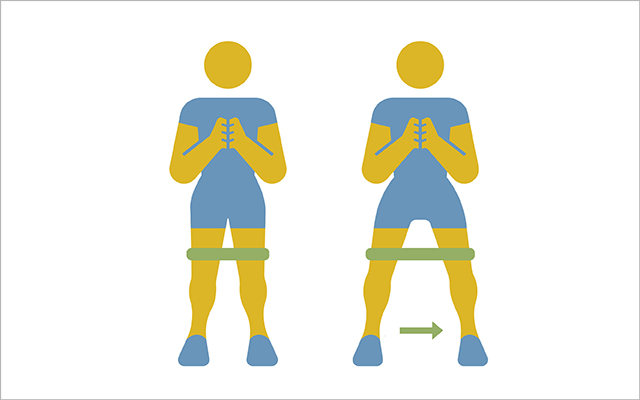
- Loop a resistance band around your legs just above the knees and lower into a quarter-squat. You should feel mild to moderate tension in the band.
- With your arms in front of you, step one foot to the side. Follow with the opposite foot. Continue for 10 reps in one direction, then repeat in the opposite direction.
- Tighten your core as you sidestep to avoid rocking motions. Complete three sets of 10 reps per side.
4) Seated Towel Pickup
This exercise strengthens your foot arch to help prevent pronation or arch collapse.
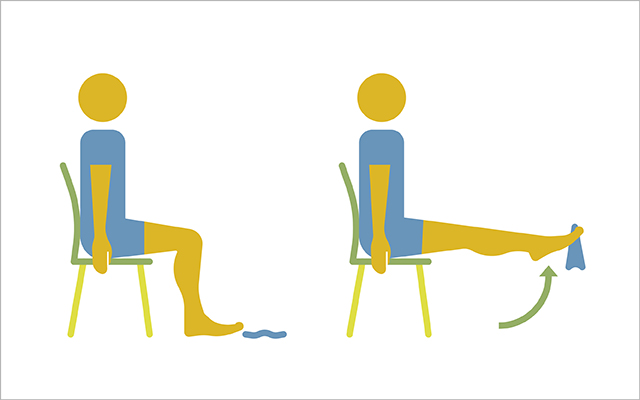
- Sit in a chair with a towel on the floor in front of you.
- Using just your toes, pick up the towel, then drop it, and pick it up again.
- Keep your movements slow and controlled. Complete three sets of 10 reps per foot.
5) Single-Leg Balance on Foam Pad
This exercise activates all the muscles in your legs and core to limit rotation of your hips, knees, and ankles, while also strengthening your arch and all the intrinsic muscles of your feet.

- Standing on a foam pad, bend one knee 90 degrees to lift your foot behind you, balancing on your standing leg. Keep your thigh, glutes, and core activated, and don’t let your legs touch while you balance. Hold for several seconds before lowering your foot.
- Complete three sets of 10 reps per leg.
This originally appeared as “Strength Training for Your Feet” in “The Best Foot Forward” in the January-February 2019 print issue of Experience Life.
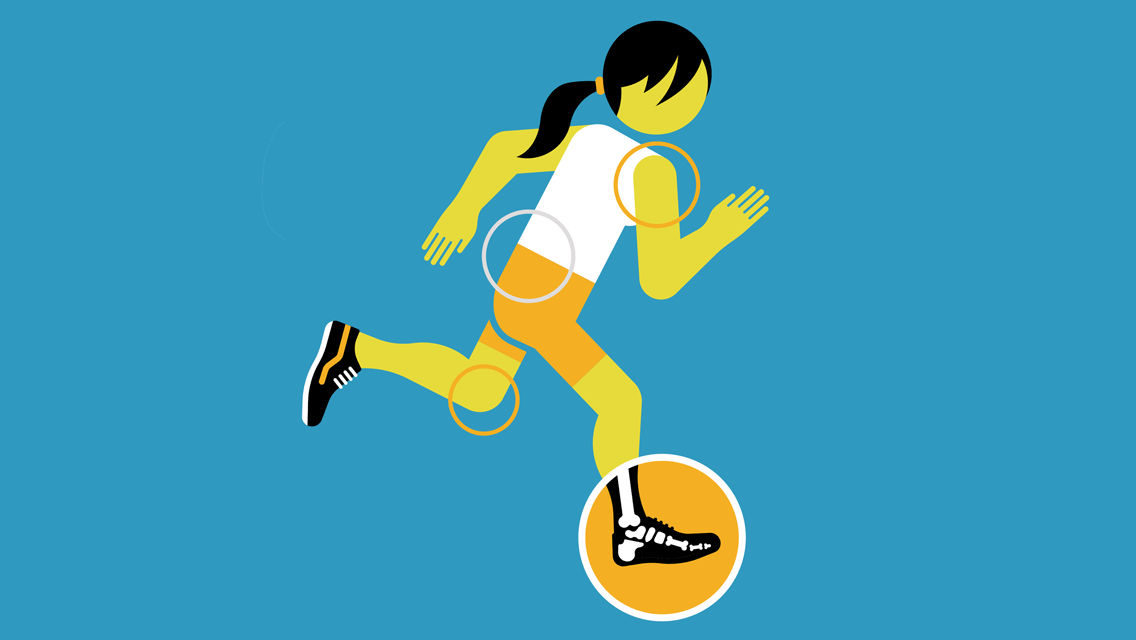
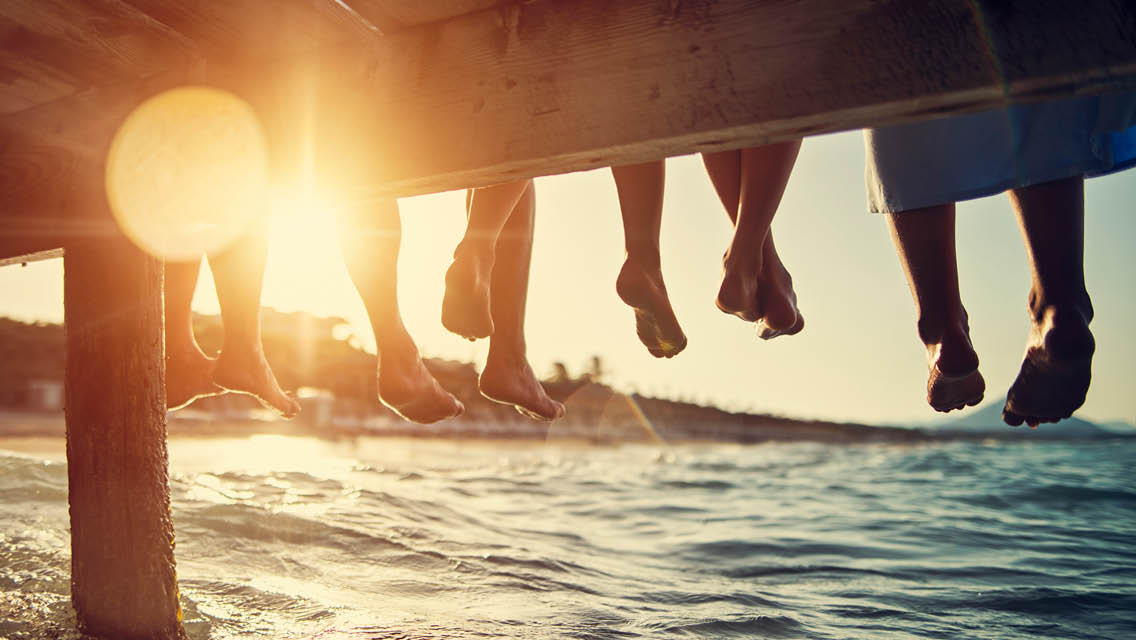

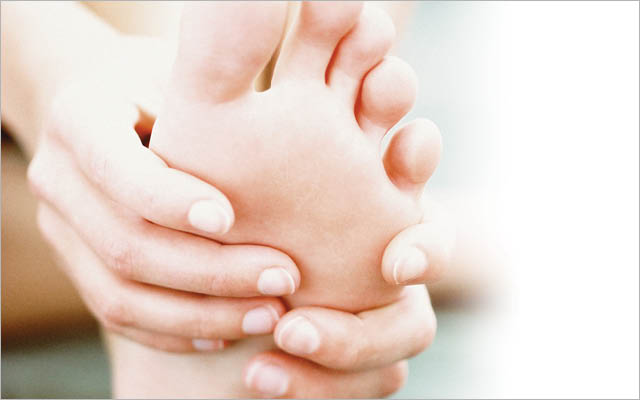
This Post Has 0 Comments